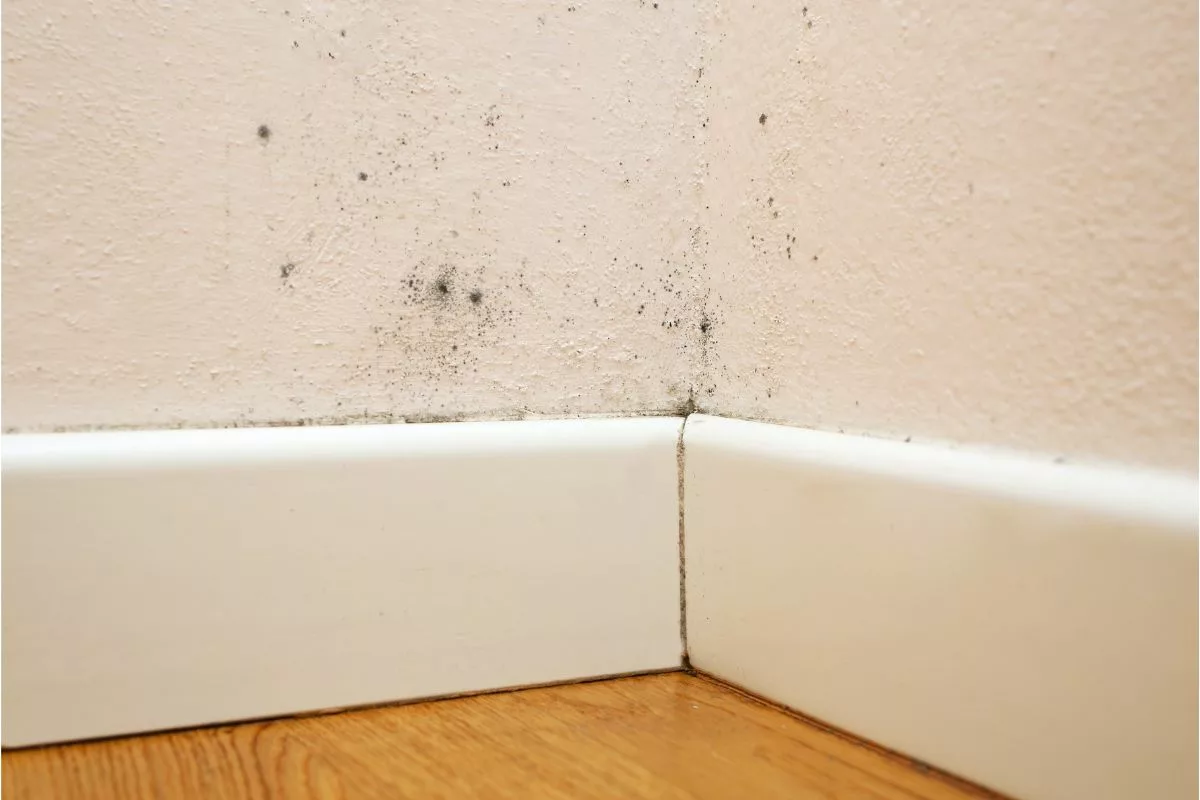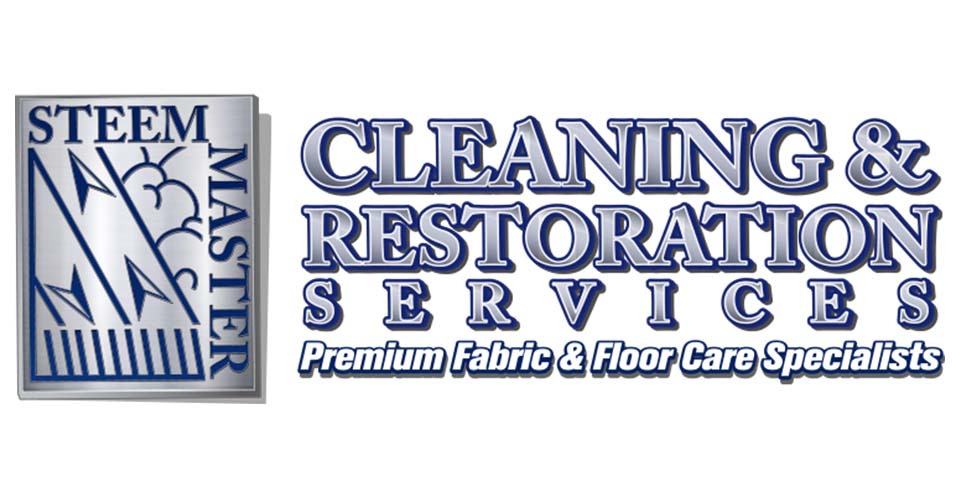
20 Oct What is mold remediation and how does it work?
Mold remediation services are often a necessary part of owning a home or business. Molds are common, naturally occurring fungi that can pose serious health risks and damage to your home or business, so mold removal is important for keeping people healthy and preserving your property.
Why Do I Need Mold Remediation?
Mold is ubiquitous in our environment – you can’t get away from it. There are thousands of species present both indoors and outdoors. Mold thrives in moisture-rich conditions and readily colonizes building materials like drywall, wood, and insulation. When excess moisture accumulates from something like a water leak, high humidity, or inadequate ventilation, mold makes its home. Its spores, tiny airborne particles, can spread and infest new areas, making swift containment and remediation imperative.
Health Implications
Mold can trigger various health problems, particularly affecting individuals with allergies, asthma, or compromised immune systems. Some common symptoms of mold exposure include nasal congestion, coughing, skin rashes, and eye irritation. More severe cases can lead to respiratory issues like bronchitis or asthma exacerbation.
Prolonged exposure to toxic compounds (mycotoxins) produced by certain molds may even cause neurological symptoms. Stachybotrys chartarum, often referred to as “black mold,” is notorious for producing mycotoxins. Prolonged exposure to these toxins may lead to symptoms such as confusion, memory loss, and even mood changes.
Legal and Insurance Implications
Failure to address mold issues promptly may result in legal and insurance complications. Many insurance policies do not cover mold damage unless it is caused by something else that’s covered, like a burst pipe. Neglecting mold issues can also lead to disputes with landlords, tenants, or property sellers. Legal liability concerns underscore the importance of addressing mold through professional remediation services.
Structural Damage
Beyond health concerns, mold infestations can wreak havoc on buildings and their contents. Mold deteriorates building materials, weakening structural integrity and causing aesthetic damage. This can lead to costly repairs and renovations. In severe cases, extensive mold growth might even render a property uninhabitable.
The Mold Remediation Process
Mold remediation is a systematic process designed to eliminate mold infestations, prevent further growth, and restore the affected environment to a safe, healthy condition. The process typically follows these key steps:
1. Assessment
The remediation process begins with a thorough assessment from a reputable mold remediation and restoration service. Mold inspectors and technicians identify the extent of the infestation, the type of mold present, and the underlying source of moisture that allows the mold to thrive. This step provides the essential information needed to develop a remediation plan.
2. Containment
Containment is crucial to prevent the spread of mold spores during removal. Technicians use various methods, such as plastic sheeting and negative air pressure systems, to isolate the affected area. This minimizes the risk of cross-contamination and further mold infestation.
3. Mold Removal
The removal phase involves the careful extraction of mold-infested materials. This includes drywall, insulation, and other porous materials where mold can penetrate deeply. Technicians use appropriate safety gear and specialized equipment to ensure the safe removal of mold and contaminated materials.
4. Cleaning and Disinfection
After material removal, surfaces in the affected area must be thoroughly cleaned and disinfected. This step ensures that any remaining spores or mycotoxins are neutralized.
5. Drying and Dehumidification
Effective moisture control is essential to prevent mold recurrence. Technicians employ dehumidifiers and drying equipment to eliminate excess moisture from the environment. Proper ventilation is also critical in reducing humidity levels and for odor control during the cleaning process.
6. Reconstruction
Once the mold is removed and the area is fully dried, the reconstruction phase begins. This involves repairing or replacing the structural elements and materials that were removed.
7. Post-Remediation Assessment
A final inspection is conducted to confirm that the mold has been successfully eliminated. Air quality testing may be performed to ensure that spore levels are within acceptable limits.
8. Preventative Measures
Mold remediation also involves identifying and addressing the root causes of moisture that allowed the mold to thrive in the first place. Proper ventilation, insulation, and addressing leaks or water intrusion are key to preventing future mold issues.
Types of Mold Found In The Home
There are several types of mold that love to lurk in dark, musty corners. Here are a few of the major mold types that you may encounter in your home or business:
- Cladosporium: One of the most common indoor molds, this appears as green, brown, or black spots.
- Penicillium: Penicillium molds have a velvety texture and come in various colors, such as blue, green, or white.
- Aspergillus: Aspergillus molds like dusty, dry materials and comes in various colors.
- Stachybotrys chartarum: Commonly known as “black mold,” this type is known for its dark greenish-black color.
- Alternaria: Alternaria is typically green or brown and commonly found in damp areas, such as showers.
- Fusarium: Fusarium mold is typically pink, white, or red and often grows on carpet or wallpaper.
- Trichoderma: Trichoderma molds are often white or green and often grow in wet insulation or damp drywall.
Who Uses Mold Remediation Services?
Mold remediation services aren’t just for homeowners, although they are one of the primary candidates for needing these services. In addition to homeowners, many other types of stakeholders may require mold remediation.
Renters and tenants who notice mold issues in their rental properties should promptly inform their landlords. It is the landlord’s responsibility to address mold problems in a timely manner, but tenants should be vigilant and advocate for necessary remediation.
Property managers are responsible for maintaining the safety and integrity of rental properties. They need to be proactive in addressing mold concerns, as failure to do so can result in legal disputes and potential property damage.
Business owners must protect the health of their employees and customers and preserve their property’s value. Mold remediation is essential in maintaining a safe and functional workspace.
Real estate agents should be aware of mold issues when selling or renting properties. Disclosing mold problems and ensuring they are adequately addressed is essential to avoid legal complications and protect the interests of all parties involved.
Mold remediation services are indispensable for preserving human health and property integrity in the face of mold infestations. The process of mold removal involves meticulous procedures, and this process should only be done by a reputable mold remediation company. If you’re looking for such a company in Middle Tennessee, look no further than Steem Master Cleaning and Restoration Services. With more than 30 years of dedicated service, we are here to provide top-shelf service to our customers. Schedule an appointment today, or contact us to learn more!

